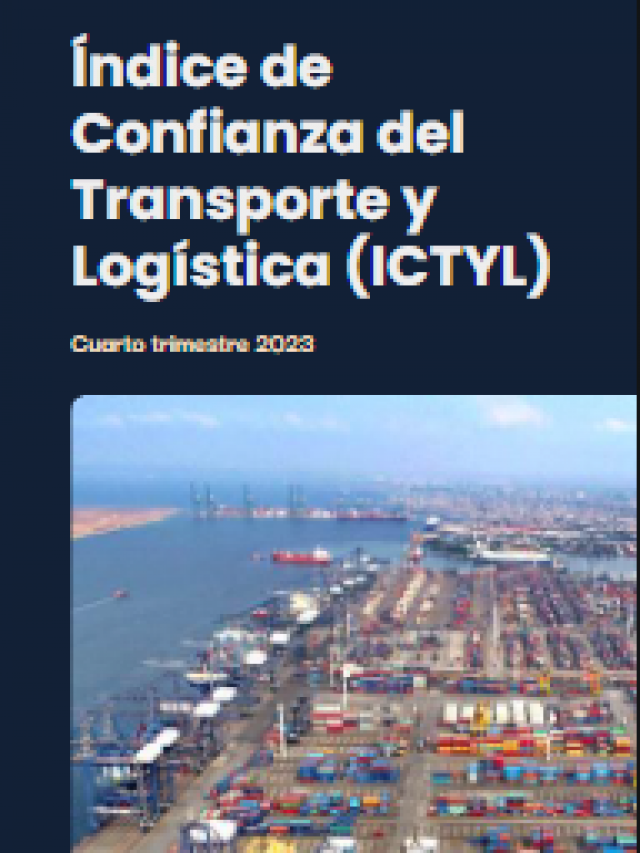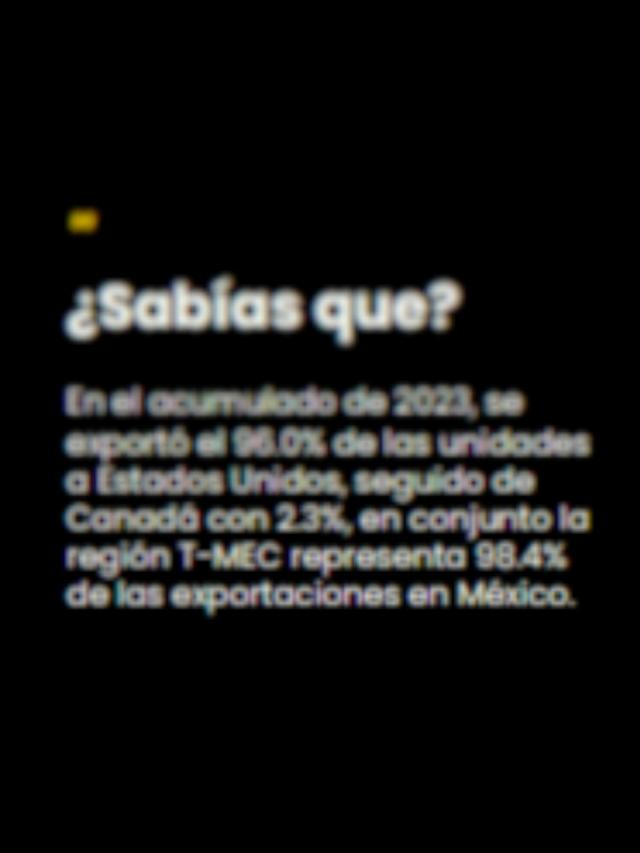
I hesitated for a moment before opening the rear door. There was no one to greet , no driver, no music playing from the dashboard; but there was the faint hum of the electric motor, and I received a greeting and a welcome aboard.
I got in, closed the door, and the vehicle, a white Jaguar I-PACE , moved off as if it had a mind of its own, carefully obeying every signal.
We moved through the streets of Austin, every brake was precise, every curve millimetric.
When we arrived at our destination, the car stopped and wished me a good day, while the door unlocked automatically.
I got off the unit still feeling like I had experienced something that until a few years ago seemed like science fiction; the future had not only arrived, it had taken me for a ride .
But would these types of technologies be viable in Mexico? I couldn’t help but wonder what would happen if one of these vehicles were to circulate in the chaotic Mexico City, where lack of infrastructure, traffic, and poor road safety are the order of the day.
In the United States, few cities already have this technology. Waymo , for example, only offers service through Uber in Phoenix, San Francisco, Los Angeles, and Austin , and will soon offer Atlanta and Miami, while companies like Volkswagen are already looking to offer this same service in some cities.
In Mexico, electromobility is just gaining ground. However, in conversation with an interviewee, he mentioned Mexico’s great potential in the aerospace industry, where even flying vehicles are being developed.
In this regard, the Autonomous University of Guadalajara (UAG) has described in an article that the development of autonomous mobility and its mass adoption face significant regulatory and ethical challenges , especially in countries like Mexico.
However, Erick Eduardo Guzmán Quezada, a professor and researcher at the UAG and an expert in artificial intelligence and the Internet of Things, highlighted in the article that the implementation of autonomous cars in Mexico could revolutionize road safety.
The landscape for freight transport is no different. Although brands like International and Volvo have already developed this type of technology for heavy-duty vehicles, testing continues in countries like the United States, which has better infrastructure.
Global mobility is advancing by leaps and bounds. Will we be able to adapt to ever-increasing technology and innovation?
Comment and follow us on X: @jenna_GH_/ @GrupoT21















